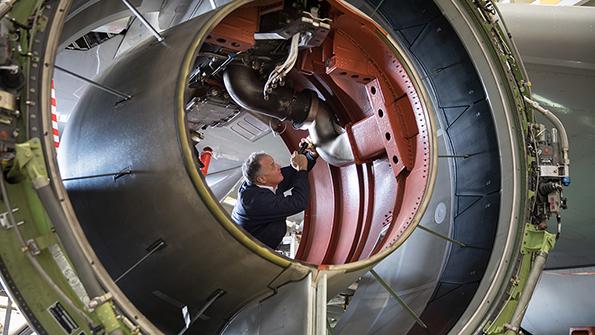
While many MRO providers have started to furlough, lay-off or short-time workers, the full impact of the crisis is yet to be felt, with many analysts now predicting a catastrophic year for the sector.
Teal Group’s Richard Aboulafia has forecast that aircraft services revenue could be up to 75% lower in 2020 than 2019, while AeroDynamic Advisory predicts that engine MRO demand will plummet 60%.
Another consultancy, Alixpartners, forecasts the MRO market’s total revenue will fall 60-65% this year.
According to those estimates, this year will be even worse for MRO providers than for airlines, even if one excludes the government bailouts that many of the latter will benefit from. According to IATA, global airline revenues will fall roughly 50% this year on a 40% reduction in capacity.
There are several reasons why MRO is set to suffer more, notably the facts that airlines will delay maintenance where they can and cannibalize their grounded fleets for green-time engines and parts where they cannot.
Airlines will also run down their inventories. Once these are depleted, they will likely access a plentiful supply of used serviceable material from the many aircraft that are retired early due to the crisis, which will also push down the price of second-hand parts.
This week Alaris Aerospace announced that it would complete nine aircraft teardowns at sites across the U.S. and UK before July.
At some point maintenance and overhauls will be unavoidable, which could provide a demand boost in later years, although many analysts don’t expect MRO demand to recover to 2019 levels until at least 2023, according to a Reuters poll.
But with such a huge hit to sales forecast for this year, the big question is how many of today’s MRO businesses will survive to see the recovery?
